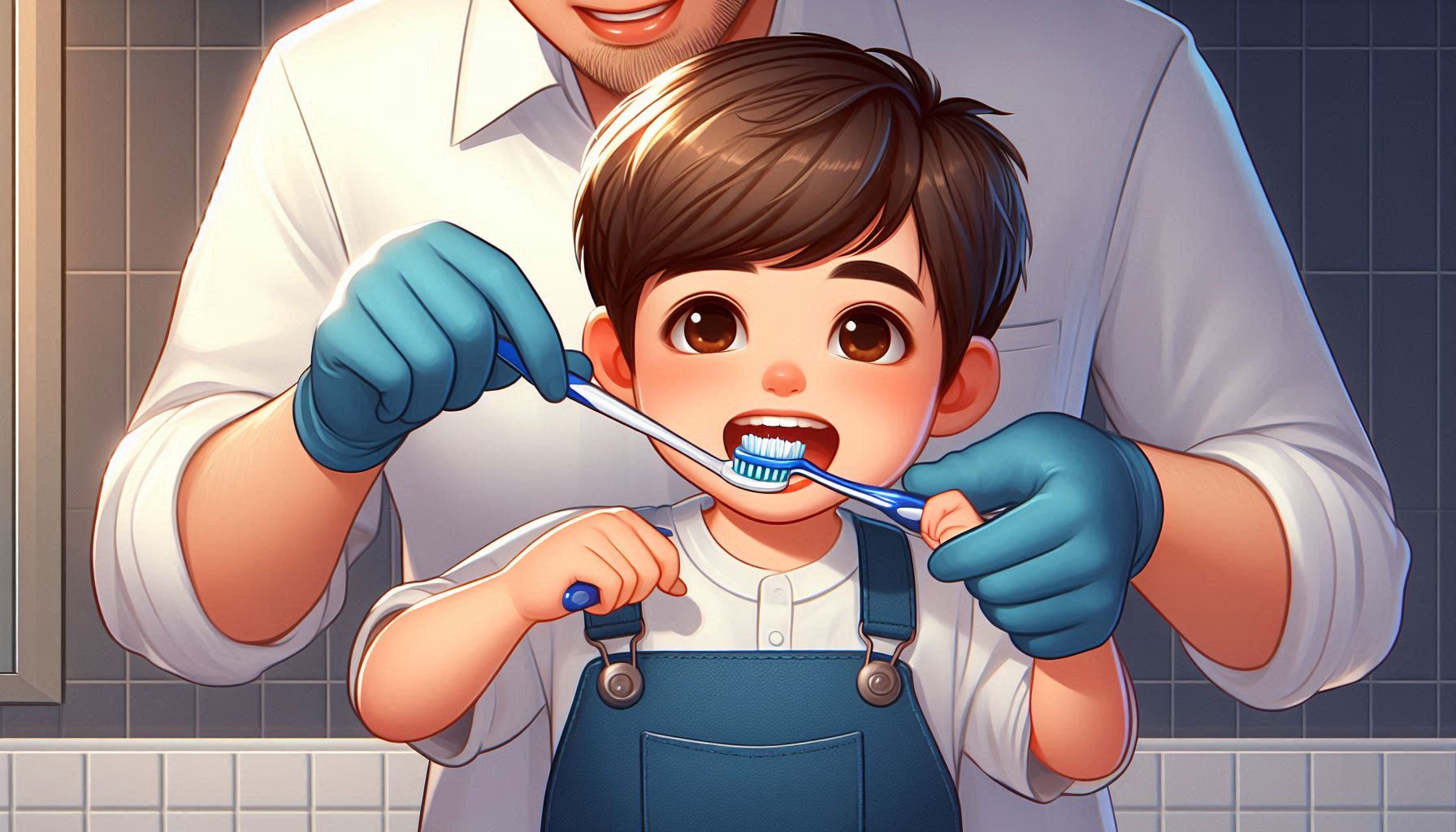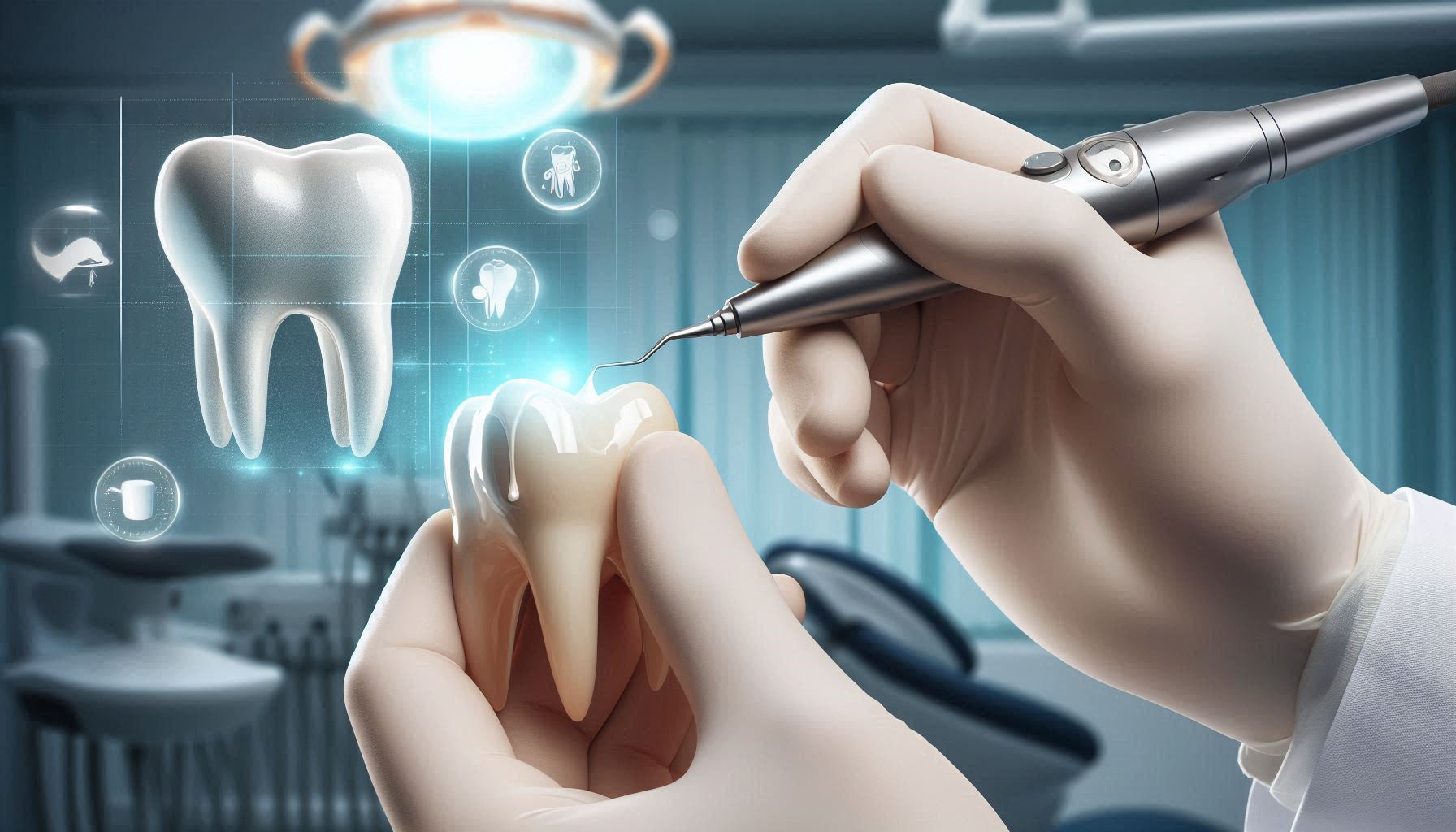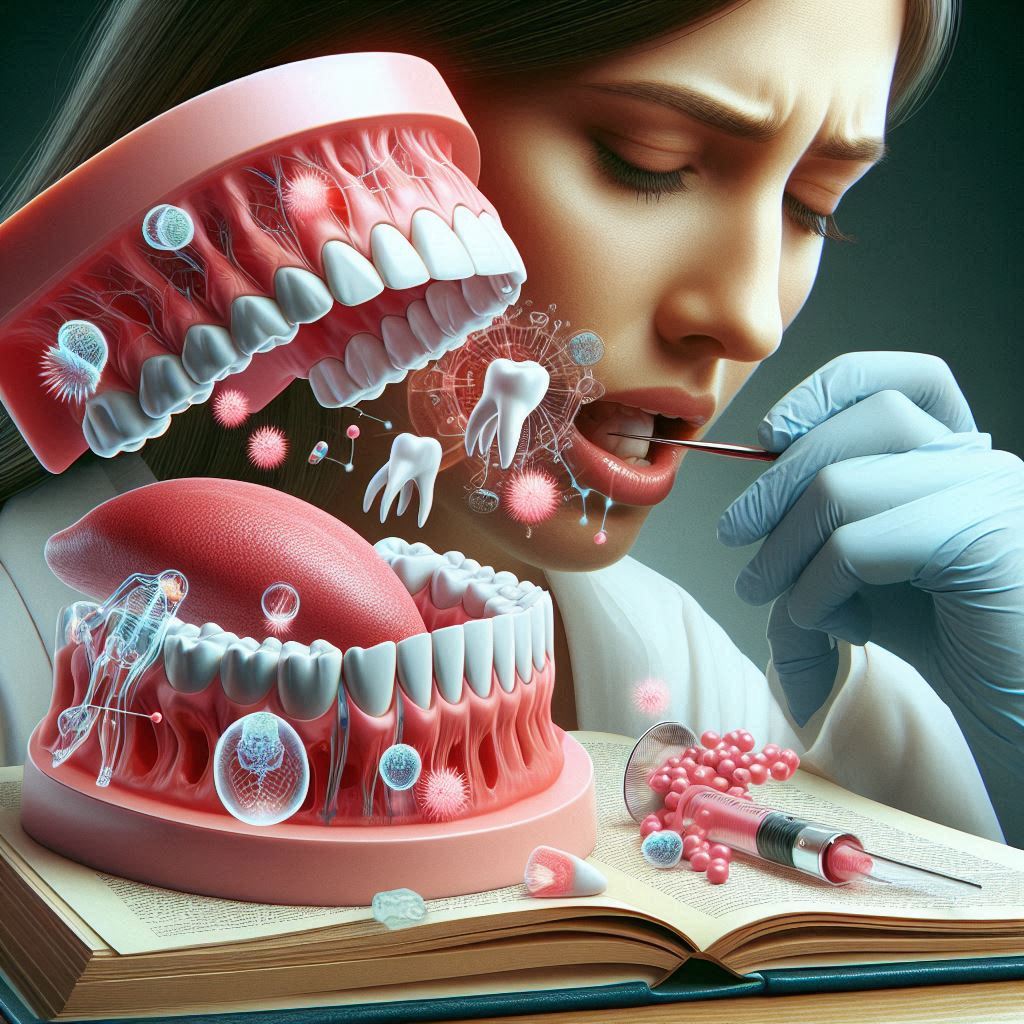Ensuring your child’s dental health is essential for their overall well-being. Dental issues can lead to pain, discomfort, and even affect their ability to eat and speak properly. Establishing good dental hygiene habits from an early age promotes healthy teeth and gums while laying the groundwork for lifelong oral health. Early dental visits are critical; they help identify potential problems and provide parents with guidance on proper care. Teaching your child effective brushing techniques and the importance of daily flossing will instill good habits that last a lifetime. Nutrition also plays a significant role in dental health. A balanced diet rich in fruits, vegetables, and dairy can strengthen teeth, while limiting sugary snacks helps prevent cavities.
Additionally, open communication about oral health fosters a positive attitude towards dental care. Engaging your child in discussions about the importance of maintaining their teeth can make dental hygiene more enjoyable. In this guide, we will explore essential pediatric dental care tips, covering everything from the significance of early dental visits to effective brushing techniques and nutritional advice. By prioritizing dental health, you can ensure your child enjoys a bright, healthy smile for years to come.
1. The Importance of Pediatric Dental Care
Pediatric dental care is vital for several reasons:
- Preventive Care: Regular dental check-ups can prevent cavities, gum disease, and other dental problems. These visits are essential in ensuring that any issues are caught early, avoiding more serious complications down the line.
- Early Detection: Dentists can identify potential issues early, making treatment easier and more effective. For instance, spotting misaligned teeth or early signs of decay can lead to timely interventions.
- Education: Dental visits provide an opportunity for parents and children to learn about proper oral hygiene and nutrition. Dentists can share valuable tips and resources to help families maintain optimal oral health.
- Establishing Good Habits: Early dental experiences can help children develop a positive attitude towards dental care. Positive interactions with dental professionals can reduce anxiety and encourage lifelong habits.
Key Statistics
- According to the Centers for Disease Control and Prevention (CDC), cavities are one of the most common chronic diseases of childhood, affecting millions of children each year.
- Approximately 20% of children aged 5 to 11 have at least one untreated decayed tooth, highlighting the need for early dental care and preventive measures.
2. When to Start Dental Visits
The American Academy of Pediatric Dentistry (AAPD) recommends that children have their first dental visit by their first birthday or within six months of their first tooth erupting. Early visits allow the dentist to check for proper development and provide parents with guidance on caring for their child’s teeth.
Benefits of Early Visits
- Assessment of Dental Development: Dentists can monitor the growth of teeth and jaws, ensuring that everything is developing as it should.
- Parental Guidance: Dentists can advise on topics like teething, thumb sucking, and pacifier use, helping parents navigate common concerns.
- Building Comfort: Early visits help children become accustomed to the dental environment, reducing anxiety for future visits. Familiarity with the dental chair, tools, and staff can make subsequent appointments less intimidating.
3. Choosing the Right Pediatric Dentist
Selecting a pediatric dentist is an important decision. Here are some factors to consider:
Qualifications and Experience
- Certification: Ensure the dentist is board-certified and specializes in pediatric dentistry, as this indicates they have the necessary training and expertise.
- Experience with Age Groups: Look for experience with children of similar ages to your own. A dentist familiar with different developmental stages can better address your child’s specific needs.
Office Environment
- Child-Friendly Atmosphere: The dental office should be welcoming and child-friendly, with decor and amenities that make children feel comfortable.
- Entertainment Options: Consider the availability of educational materials and toys to keep children entertained while waiting.
Communication Style
- Effective Communication: Choose a dentist who communicates well with both parents and children. A dentist who explains procedures in an understandable way can ease anxiety.
- Willingness to Answer Questions: Look for a practitioner who takes time to explain procedures and answer questions, ensuring parents feel informed and involved in their child’s care.
Recommendations
- Seek Referrals: Ask friends, family, or your child’s pediatrician for recommendations. Personal experiences can provide valuable insights.
- Research Online: Read online reviews and check ratings on dental care websites to gauge the experiences of other families.
4. Proper Brushing Techniques
When to Start Brushing
- Initial Care: Begin cleaning your baby’s gums with a soft cloth or a baby toothbrush after feedings, even before teeth emerge. This helps remove bacteria and establishes a routine.
- Introducing Toothpaste: Once the first tooth appears, start using fluoride toothpaste. It’s important to use the right amount to prevent swallowing excess fluoride.
Recommended Techniques
- For Toddlers (1-3 years):
- Use a smear (size of a grain of rice) of fluoride toothpaste. This minimizes the risk of fluoride ingestion while still providing cavity protection.
- Brush twice a day—once in the morning and once before bedtime.
- Ensure parents assist with brushing to ensure proper technique, as toddlers may struggle to reach all areas effectively.
- For Preschoolers (3-6 years):
- Use a pea-sized amount of fluoride toothpaste. This is sufficient for effective cleaning without the risk of swallowing too much.
- Brush twice a day while continuing parental supervision. Parents should encourage children to take an active role in brushing.
- Teach children to brush all surfaces of the teeth—front, back, and chewing surfaces—to ensure thorough cleaning.
- For Older Children (6+ years):
- Encourage independence, but continue to supervise. Children should be able to brush on their own, but adult oversight can help ensure they are thorough.
- Reinforce the importance of replacing toothbrushes every three to four months, or sooner if the bristles are frayed. A worn toothbrush is less effective at cleaning teeth.
Fun Tips to Encourage Brushing
- Use a Timer: Use a timer or play a fun song to ensure they brush for the recommended two minutes. This makes the process more enjoyable and less of a chore.
- Let Them Choose: Allow children to choose their toothbrush and toothpaste flavors. This personal investment can motivate them to maintain their dental hygiene routine.
5. Flossing: When and How
Flossing is as crucial to dental hygiene as brushing. The American Academy of Pediatric Dentistry (AAPD) recommends starting flossing as soon as two teeth touch, which typically occurs around age 2 or 3. This helps remove plaque and food particles that a toothbrush may miss, especially between teeth where cavities often develop.
Flossing Techniques
- For Toddlers:
- Parents should floss their child’s teeth until they can manage it themselves, usually around age 7. During this period, ensure that the child remains comfortable with the process to build positive associations.
- For Older Children:
- Teach them to use about 18 inches of floss. They should wrap the ends around their middle fingers, leaving a few inches of floss between them. Using a gentle sawing motion, guide the floss between their teeth, ensuring it curves around each tooth. This method effectively cleans the sides of the teeth and beneath the gumline.
Fun Flossing Tips
- Flavored Floss: Use flavored floss to make the experience more enjoyable for children. Flavors like mint or bubblegum can make flossing a fun activity.
- Create a Flossing Routine: Establish a fun routine or create a chart to track their flossing habits. This not only makes the task more engaging but also instills a sense of accomplishment when they check off completed tasks.
6. The Role of Nutrition in Dental Health
Nutrition plays a pivotal role in maintaining good dental health. A balanced diet helps ensure that children have the necessary nutrients for strong teeth and gums.
Foods to Encourage
- Fruits and Vegetables: Crunchy fruits and veggies, such as apples and carrots, can help clean teeth naturally and provide essential vitamins and minerals. These foods stimulate saliva production, which is beneficial for neutralizing acids in the mouth.
- Dairy Products: Foods like cheese and yogurt are excellent sources of calcium and phosphorus, which are vital for strong teeth and bones. They can also help to remineralize tooth enamel.
- Whole Grains: Opting for whole grain bread and cereals provides better nutrition compared to refined grains. Whole grains are less likely to contribute to dental decay and offer more fiber.
Foods to Limit
- Sugary Snacks and Drinks: Limit the consumption of candy, soda, and sugary snacks, as these can lead to cavities. Sugars feed the bacteria in the mouth, producing acids that damage tooth enamel.
- Sticky Foods: Foods such as dried fruits and gummy candies can stick to teeth and promote decay. It’s essential to rinse or brush after consuming these types of snacks.
Hydration
Encourage regular water consumption, particularly fluoridated water, which can help reduce the risk of cavities. Staying hydrated is important for overall health, and water helps wash away food particles and bacteria in the mouth.
7. Preventing Dental Problems
Regular Dental Check-ups
Regular visits to the dentist, ideally every six months, are essential for preventive care. These check-ups allow for professional cleanings and enable the dentist to monitor your child’s dental development.
Fluoride Treatments
Fluoride treatments can strengthen tooth enamel and significantly reduce the risk of cavities. Discuss fluoride varnish applications with your dentist, as these treatments can be particularly beneficial for children at higher risk for dental issues.
Sealants
Dental sealants are protective coatings applied to the chewing surfaces of back teeth. These sealants create a barrier against decay, particularly in the grooves and pits where food particles can get trapped.
Education on Oral Hygiene
Teach children the importance of oral hygiene through educational games and resources. Engaging children in interactive learning about their teeth can make the information more memorable and encourage them to take responsibility for their dental care.
8. Managing Dental Emergencies
Dental emergencies can occur unexpectedly, and knowing how to respond is crucial.
Common Dental Emergencies
- Knocked-Out Tooth:
- If a tooth gets knocked out, rinse it gently and attempt to place it back in the socket if possible. If that isn’t feasible, store the tooth in a glass of milk or saline solution and seek emergency dental care immediately.
- Chipped or Cracked Tooth:
- If a tooth is chipped or cracked, rinse the mouth with warm water and apply a cold compress to reduce swelling. Schedule a visit to the dentist as soon as possible to assess the damage.
- Toothache:
- For a toothache, rinse the mouth with warm salt water and apply a cold compress to relieve discomfort. Avoid placing aspirin on the gum, as this can cause irritation. Seek dental care promptly to identify the cause of the pain.
Emergency Contact Information
Keep your pediatric dentist’s emergency contact number readily available in case of after-hours emergencies. Being prepared can make a significant difference in how effectively you handle a dental crisis.
9. Promoting Good Habits at Home
Encouraging good dental hygiene at home is vital for your child’s oral health. Here are some effective strategies:
Establishing Routines
- Consistent Hygiene Practices: Create a consistent oral hygiene routine that includes brushing and flossing. Make it a part of your family’s daily activities, reinforcing its importance.
- Family Involvement: Incorporate dental hygiene into daily activities, making it a family affair. Brushing together can make the routine enjoyable and encourage children to participate actively.
Positive Reinforcement
- Reward System: Use a reward system to motivate children to maintain good oral hygiene practices. Simple rewards for consistent brushing or flossing can encourage them to stick to their routine.
- Celebrate Milestones: Celebrate achievements such as consistent brushing or successful flossing with small rewards or positive reinforcement to build their confidence and commitment to dental care.
Education
- Engaging Learning Materials: Read books or watch videos about dental health to reinforce the importance of caring for teeth. Engaging materials can make learning about dental hygiene fun.
- Open Discussions: Engage children in discussions about why dental health matters. Encouraging them to ask questions can help them understand the impact of their choices on their oral health.
Conclusion
Pediatric dental care is vital for your child’s overall health and should not be overlooked. Establishing good habits early can help ensure that your child maintains a healthy smile for life. Key components include regular dental visits, proper brushing and flossing techniques, and a balanced diet. Start dental check-ups by your child’s first birthday to catch any potential issues early. Teach your child how to brush effectively, using a small amount of fluoride toothpaste, and ensure they floss daily once teeth touch. A nutritious diet, low in sugary snacks and drinks, supports strong teeth and gums. Additionally, foster open communication about oral health. Discuss the importance of caring for their teeth and make dental hygiene fun with rewards or engaging activities. By following these essential tips, you will set your child on the path to successful dental health. Remember, starting strong with pediatric dental care lays the foundation for a lifetime of healthy teeth and gums, contributing to their overall well-being and confidence.
SOURCES
Kids Tooth Team – Dental Care Tips for Parents
Happy Kids Dental – Setting A Good Example as a Parent
KidsHealth – Keeping Your Child’s Teeth Healthy
Dental Innovations of Virginia – Pediatric Dental Care: Essential Tips for Parents
Inglewood Family Dental – Dental Care for Children: Tips for Parents
Thind Dental Clinic – Dental Care for Children: Expert Tips for Parents on Caring for Your Child’s Teeth
HISTORY
Current Version
October 15, 2024
Written By:
SUMMIYAH MAHMOOD




